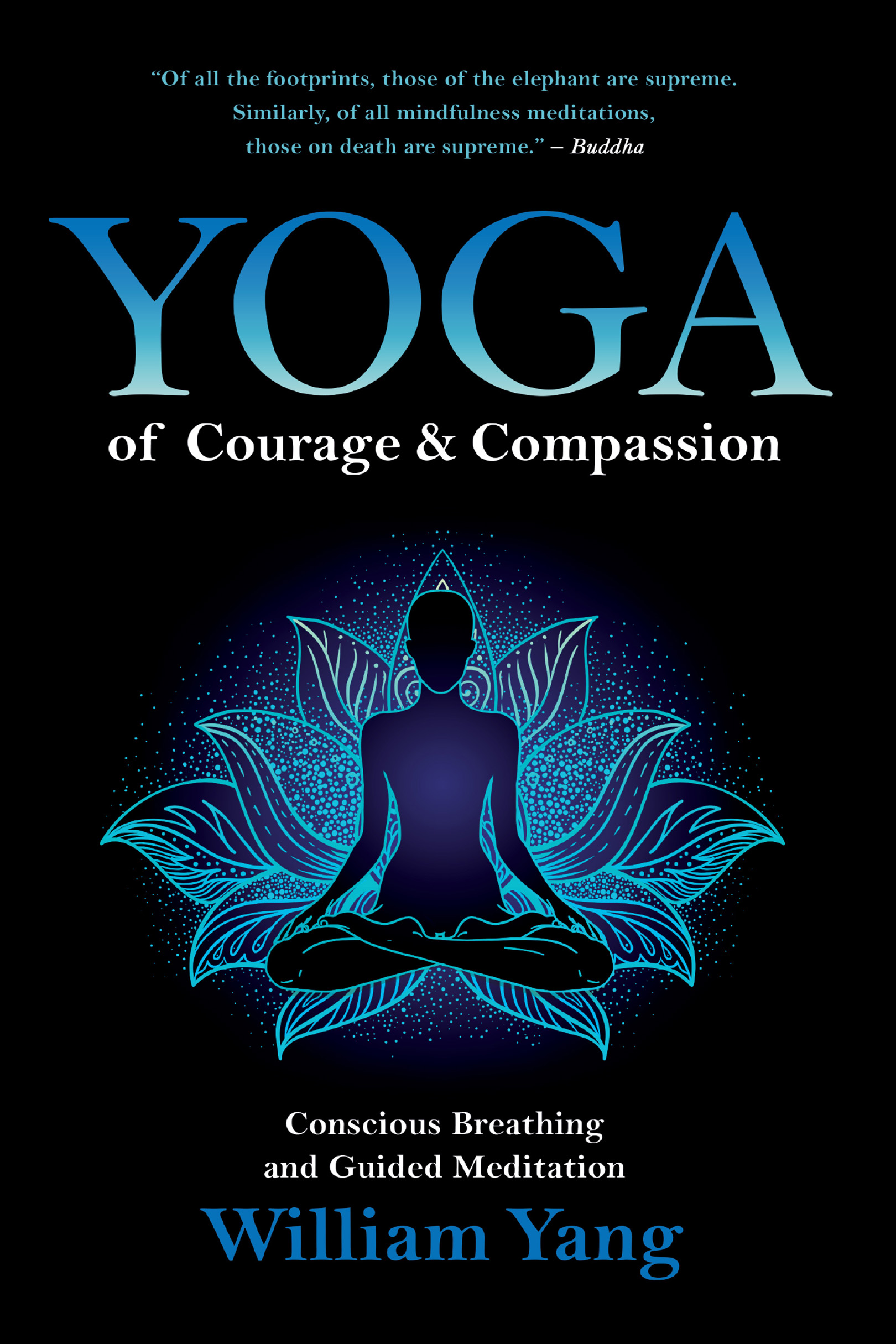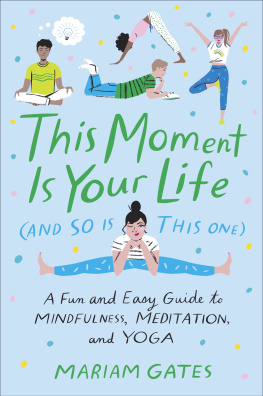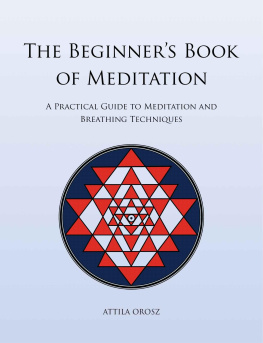

YOGA of Courage and Compassion

This is a brave and passionate book that should be in every yoga lovers backpack. It shows that yoga is far more than the beneficial physical exercise it has often been reduced to in our materialist culture, and it demonstrates with precise verve how doing yoga can provide a foundation of galvanized yet peaceful energy for the courageous work of sacred activism and for rising gracefully to the brutal challenges of our time.
ANDREW HARVEY, COAUTHOR OF HEART YOGA
There is more to yoga than staying limber, youthful, and healthy. The confrontation with the vulnerability of the body and the finite nature of life is an essential moment of spiritual learning. William Yang has collected precious lessons about courage, compassion, and love in the years he has worked with people who have cancer. He has brought these lessons together in this book, opening up a deeper dimension in yoga. His exercises are simple, yet profound and very energetic. They help you embrace the totality of life and enjoy the depth of the moment. Williams work has become a source of inspiration for many yoga teachers and their students. I can heartily recommend this book.
LEA VOS, FORMER DIRECTOR OF ZWEIERSDAL, CENTER FOR YOGA AND CONTINUING EDUCATION FOR YOGA TEACHERS
William Yang invites people to take the journey into the depth of their own being. If people are willing to investigate their life in the face of death, all false solutions will be destroyed. This book is not only for the sick but for all those affected by the incurable disease of life. Yoga of Courage and Compassion is remarkable.
DRS. NOL HOGEMA, OP, FORMER DIRECTOR OF THE HAN FORTMAN CENTER
Introduction
The German philosopher Friedrich Nietzsche once said that he wanted to write philosophy with a hammer. Likewise, I would like to teach yoga with a hammer. With a hammer and a sword, even! A hammer to break, and a sword to cut through the walls and fundaments of the ego-centered mind, but with tenderness and compassion, to touch the egos vulnerability and challenge its defensiveness and its desperately cherished peace of mind.
This special kind of yoga was developed through the years I worked with people who had cancer and their relatives. In 1983 I was invited to implement a counseling program for cancer patients in the Canisius Wilhelmina Hospital in Nijmegen, eastern Netherlands. Inspired by the pioneering work of oncologist Dr. O. Carl Simonton in the 1970s, this program integrated a variety of body-mind techniques to give patients effective tools to fight for their lives by stimulating the power of the mind over the body.
And it worked. Many patients were able to mobilize and enhance their healing process and not rely only on doctors and medicine. Of course, not every patient was physically cured, but many appreciated gaining a clearly discernible influence over their quality of life by gaining a more realistic control over their thoughts, feelings, and communications. They reported feeling better, sleeping better, and having a more positive outlook on life.
But it seldom worked completely.
The power of an illness that uproots the foundations of life itself and all its dreams, plans, and expectations is greater than any body-mind technique. All the benefits of the exercises I so patiently taught could be hammered down and cut through overnight by the brutal force of cancer. This enemy shattered all defense barriers.
The proverb If you cant beat em, join em applies to cancer. So in the end many cancer patients were forced to do the unimaginable: join the overwhelming force of the cancer instead of resisting it, letting it become an ally. Rather than putting up a last frenetic fight against this enemy, patients began to give in to it and let go of the fighting. They realized that tenacious clinging to dear life would get them nowhere. They learned to relax somehow, to rest and allow the mind to become still. This stilling of the mind requires inordinate courage, especially as it requires accepting life as it is: impermanent.
Impermanence is the bedrock of the Buddhas teachings, and was the shocking truth that Jesus Christ demonstrated through his own vulnerable human life and death.
Peace of mind in the face of death only exists on rare occasions. Thats the bad news: death shatters all peace of mind. And with minds peace shattered, so is the ego. That may be the good news and the reason why death can be our most valuable ally. Death forces us out of our minds, our ego-centered minds.
In the face of death, the only possible peace exists outside of the mind, out and beyond the minds clinging to and fighting for survival. The only peace that can be is the peace that according to the gospels is not of this world, not of this mind.
So death takes us into the heart of the teachings of the Buddha and the heart of the life of Christ. As such, death is indeed an invaluable ally to the soul.
The yoga of courage and compassion can be considered a gift from the sick and dying to the healthy and living. It gathered its strength at the edge of life, where life meets death. It offers its insights and strengths for use in the midst of life itself, in every moment and every season of it. It offers a sword to cut through the clinging and fighting of our minds, and a hammer to break down the walls between ourselves and life such as it is.
It creates a space for peace to be.
The nine chapters that follow each consist of an introductory text and a series of exercises that transmute the words and ideas found here in this introduction into the living reality of our breath, our body, and our daily actions. The exercises have been carefully selected to explore step-by-step the space beyond the mind, the space of life such as it is. Each chapter builds on the previous chapter, so it is important to first become familiar with the exercises in one chapter before going on to the next.
Your journey begins now, starting with your breath, your breathing out...

Breathing Out
Letting Yourself Go
A yoga of courage and compassion is not a set of exercises to relax the body and ease the mind. Its more like an adventurous journey or a pilgrimage, the pilgrimage of a lifetime that can change you profoundly. This pilgrimage is no sightseeing tour. Its an expedition full of hazards and demands, at times seemingly frightening and dangerous, but more often simply exciting and eventful. It also has its uneventful, even boring momentsmoments where you wonder why, for heavens sake, you ever embarked on this trip. In these moments of doubt you are tempted to stop and turn back. And also, there is the fear of reaching the end. What then? Is there anything further? How will it be for me? Will I still be the person I know now?
The most difficult part of this journey is the beginning, and the most difficult step is the first step: leaving all thats familiar and comfortable behind, and embracing discomfort and insecurity as those feelings arise. Even more difficult is abandoning all the broken dreams and unfinished business, as disappointments, frustration, and anger are often stronger ties to the past than satisfaction and happiness.
Do you really want to go on this trip? Is your motivation strong enough to make you go, to keep you going, to go all the way?









